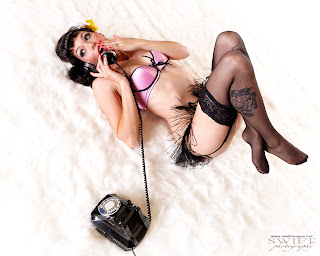Ah, life on the internet. Loads of valuable information at your fingertips and heaps of bullshit at every turn. I have been a member of a few message boards in my continuing search for good information to take my photography to that ever moving 'next level'. I have noticed that while there are a few very good people on these boards there are a few that, for whatever reason, like to make the experience miserable. These people, hiding behind the anonymity of their computers, love to be rude, uncivil, and even threaten other members. I have found very little useful and consistent information on many of these message boards and you have to weed through the threads of bickering and name calling to find this information. Many of the posters on these sites have no link to their own work and hide behind screen names whilst they sling their mud and 'advice'. The constant bickering over which new camera is the 'best' or which features of a yet to be released camera aren't going to function correctly is emotionally, intellectually draining, and somewhat addictive--much like a soap opera.
In my internet travels I have come across some great websites and they are always a photographer's site. These people offer tutorials and valuable insights into their photography. I will work on putting a list of these sites together so you can browse for great information without all of the grief and drama that message boards seem to be about. I for one will not be participating on message boards any longer. They are, for the most part, counterproductive and a waste of time--time you could be using to read good information, shooting or, in my case, creating a decent source of information for other photographers to learn a thing or two. A blog may not be as 'interactive' as a message board, but at least the information won't be clouded by the incessant bickering and tough-guy attitudes the internet has allowed people to get away with. I don't hide behind a fake screen name and I post my work. You, as the reader of my information, can see my work and take my advice for what you think it is worth. I am a real person, a real photographer, and willing to share my knowledge and opinions freely and honestly with others.





